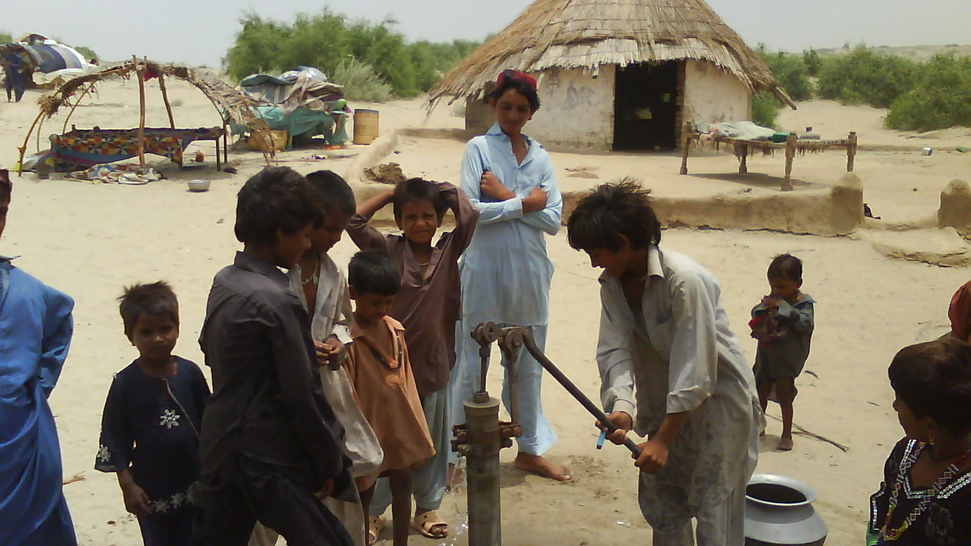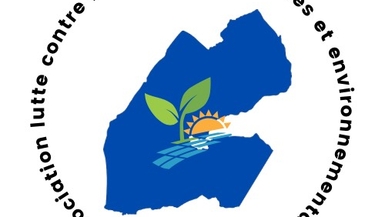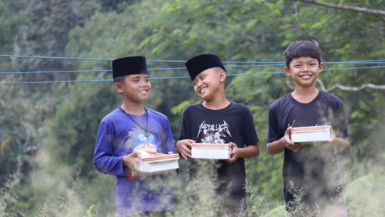Campaign Status
Ongoing Offline: The campaign is currently ongoing offline, and as a result, the fundraising process continues.
Summary
The campaign aims to provide clean water to 11,596 flood-affected people.
Challenge
District Sanghar, situated in the heart of Sindh Province, exhibits stark disparities. To the west, the region features fertile plains nourished by a well-established canal system, while the eastern expanse transforms into the vast desert known as Achhro Thar, spanning 4,800 square kilometers and housing around 60,000 residents. This area faces a staggering poverty rate of approximately 80%, double the national average, making it the epicenter of food insecurity. Scarce resources have left the local population struggling for sustenance, with livestock perishing due to the lack of fodder. Access to fundamental necessities such as healthcare, education, and employment opportunities remains scarce. The people in this region endure a life marked by destitution, with their faces reflecting the disparities and deprivations they face, yearning for a miracle to transform their circumstances.
Recent catastrophic rains and floods have swept across Pakistan, affecting District Sanghar, along with many other areas. Thousands of residents have been displaced, and the water, sanitation, and hygiene (WASH) system has collapsed. Livelihoods and infrastructure lie in ruins.
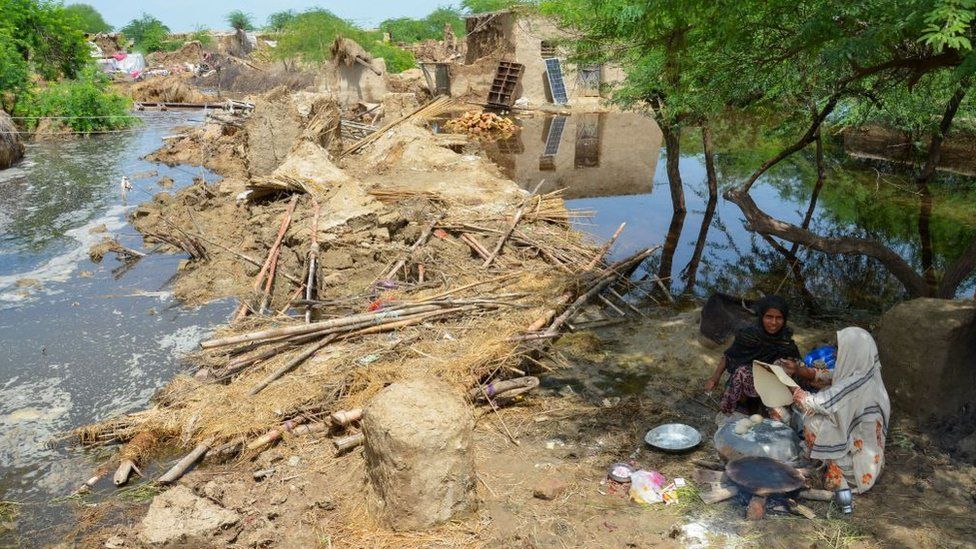
The monsoon deluge has wreaked havoc on the entire population, with vulnerable groups, including women, children, the elderly, and the disabled, suffering the most. They find temporary refuge along roadsides, canals, and riverbanks, where even water reservoirs are exposed to floodwaters. Clean water has become a pressing concern, overshadowing the desire for amenities like quality education, healthcare, electricity, or streetlights. Access to clean water, a fundamental human need, is vital for survival. In an era where humanity explores other planets for potential habitation, these people still search for clean drinking water.
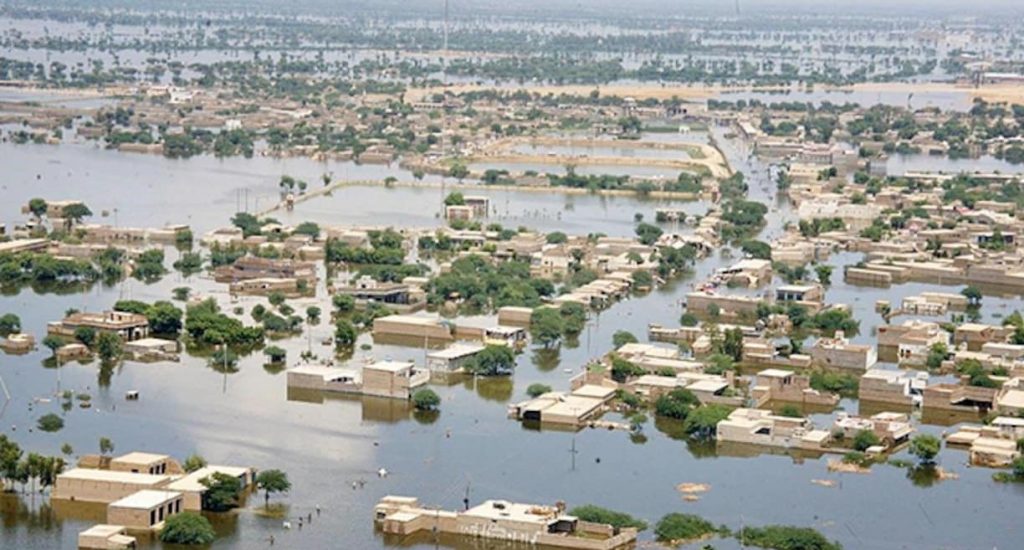
The scarcity of clean water is a severe issue, with kilometers separating residents from accessible sources. The quest for water consumes more than 80% of their time, especially for women, young girls, and children tasked with fetching water and trekking as much as 8 to 10 kilometers daily for their families. This arduous labor disrupts their daily lives, hindering women and young girls from maintaining their households and participating in social and economic activities, while children miss out on education.
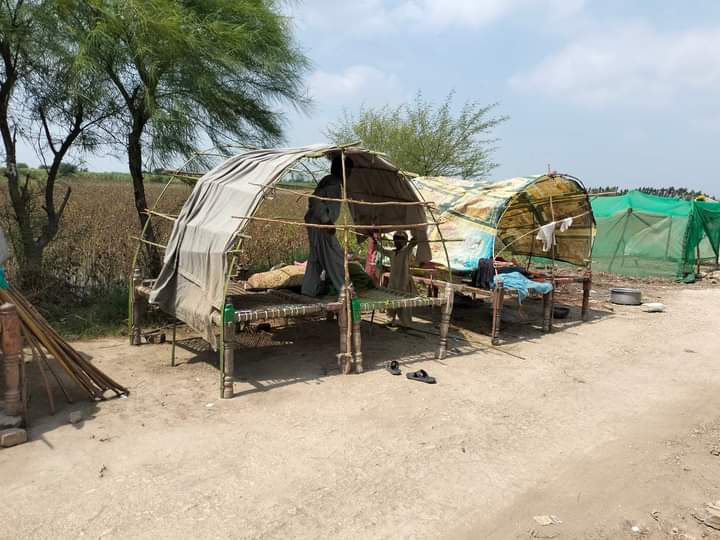
Waterborne diseases, such as gastroenteritis, cholera, and diarrhea, compound the challenges, inflicting additional financial burdens on the already economically disadvantaged. The lack of clean water further impacts flood victims, including our organization's members and officials, who are also grappling with the consequences of water scarcity. Frequent devastating rains and floods have brought profound challenges to this region, severely affecting the socio-economic status of its residents. Water, a fundamental necessity for life, is alarmingly lacking, leaving thousands in dire straits.
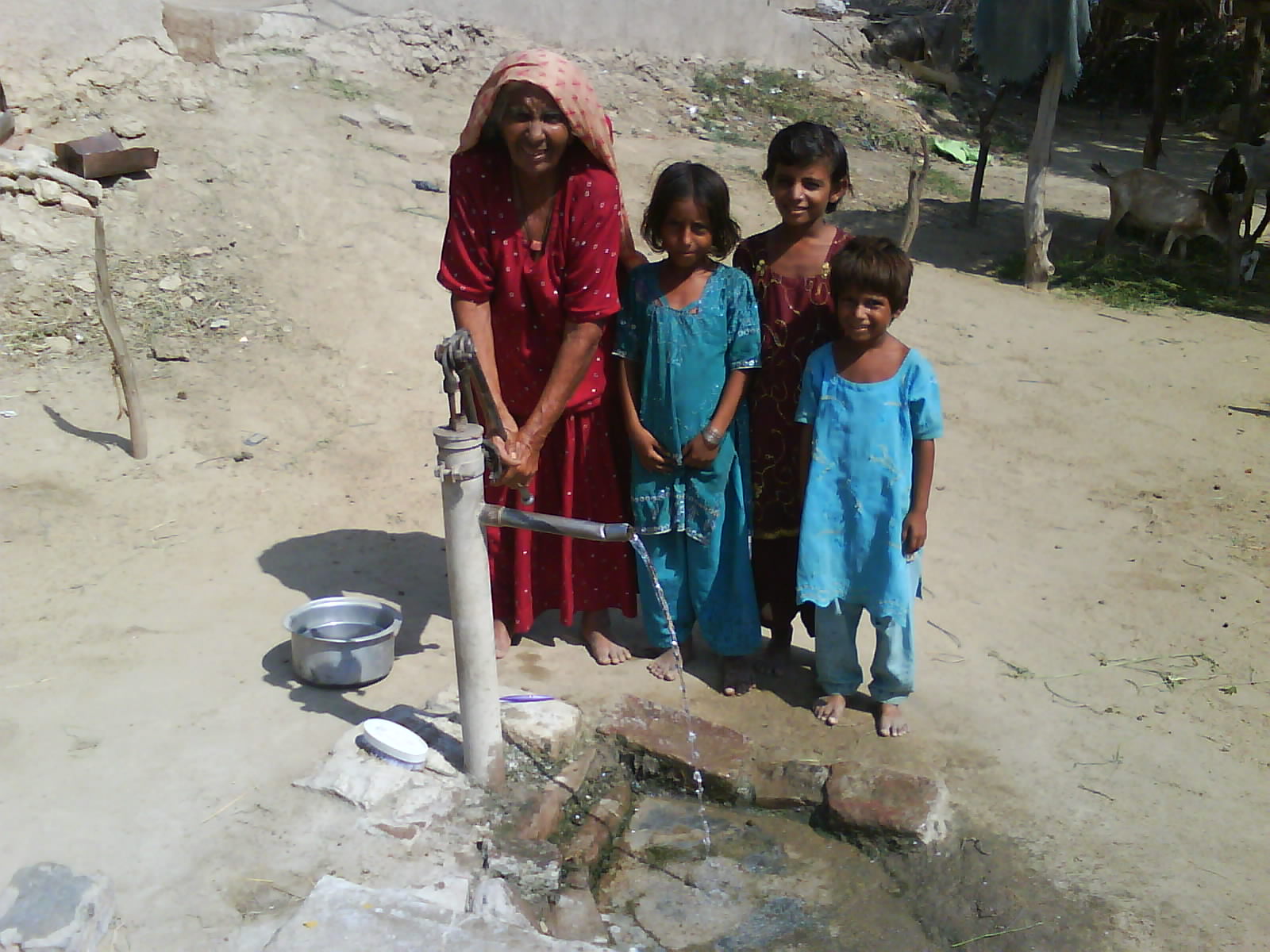
Solution
The primary objective of our campaign is to install one hundred hand pumps, ensuring access to clean drinking water for flood-stricken communities residing in remote rural areas across District Sanghar, Sindh, Pakistan. To achieve this project's mission, we have outlined the following activities:
Formation of Project Management Committee: To kickstart the project, a Project Management Committee will be established. Comprising key organization officials and community leaders, including women representatives, this committee will oversee the project's implementation, monitoring, and supervision.
Formation of Water Committees: In each targeted village or camp, Water Committees (WC) will be constituted, consisting of residents. These committees will be responsible for the proper care, use, and maintenance of hand pumps in their respective areas. Comprehensive training on water security, as well as hand pump operation and maintenance, will be provided to committee members.
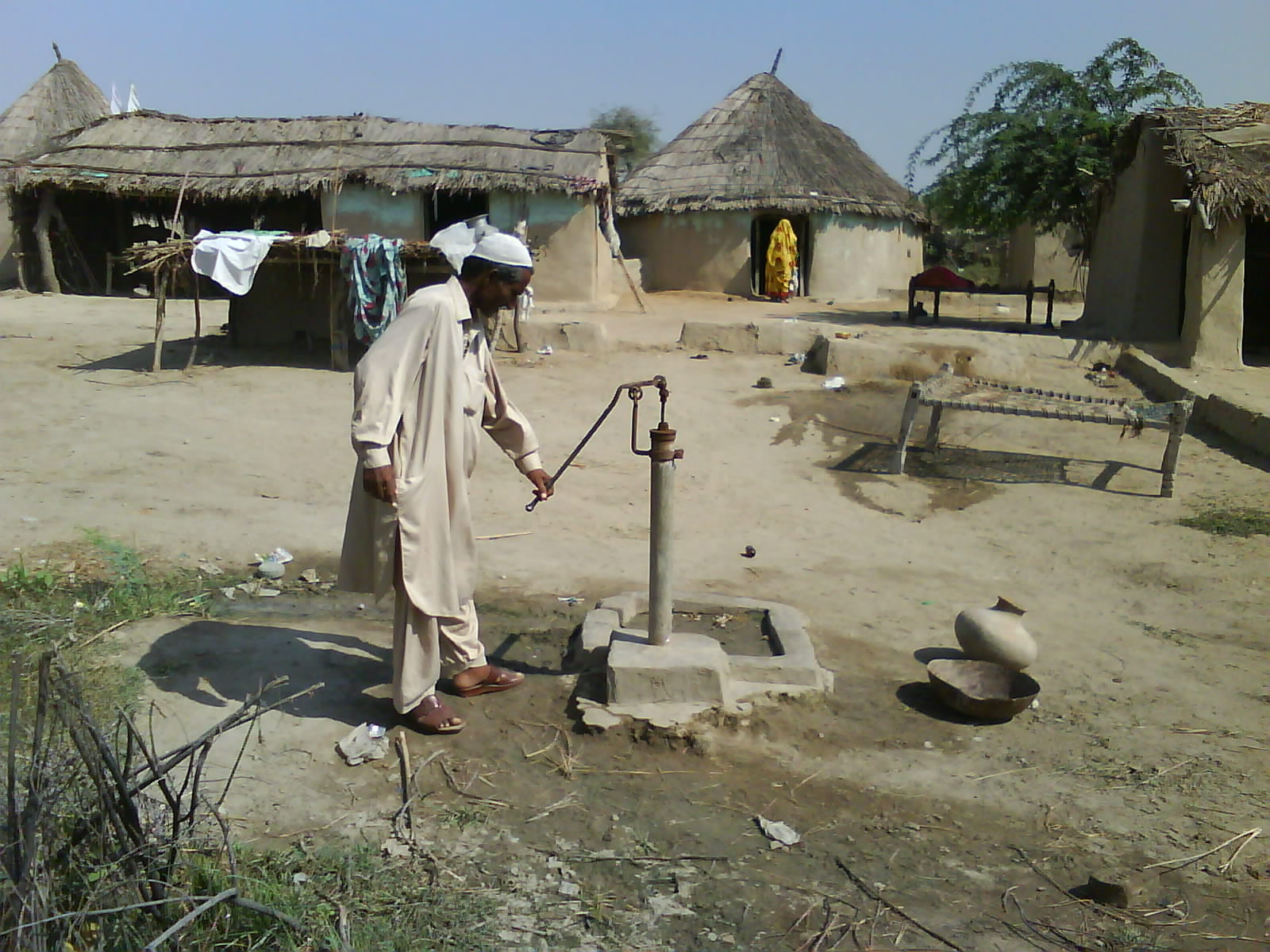
Hand Pump Installation: In the project areas, the water table depth ranges from 90 to 120 feet. For these conditions, a 4-inch small-sized hand pump is the most practical method for drawing water from such depths. A single hand pump of this type can sufficiently meet the drinking and domestic water requirements of approximately 8-10 households. These small-sized hand pumps are cost-effective, user-friendly, require minimal maintenance, and have a long lifespan (over five years), ensuring the project's sustainability. We propose the installation of one hundred small-sized hand pumps in ten different flood-affected villages within the Banko Chaniho and Hathungo union councils in District Sanghar. Site selection for hand pump installation will be a collaborative effort with villagers in each respective village. The installation will commence under the guidance of Water Committees and technical field staff, closely monitored by the Project Management Committee and the Rural Development Officer (RDO). The project will be executed village by village, following the predefined work plan.
